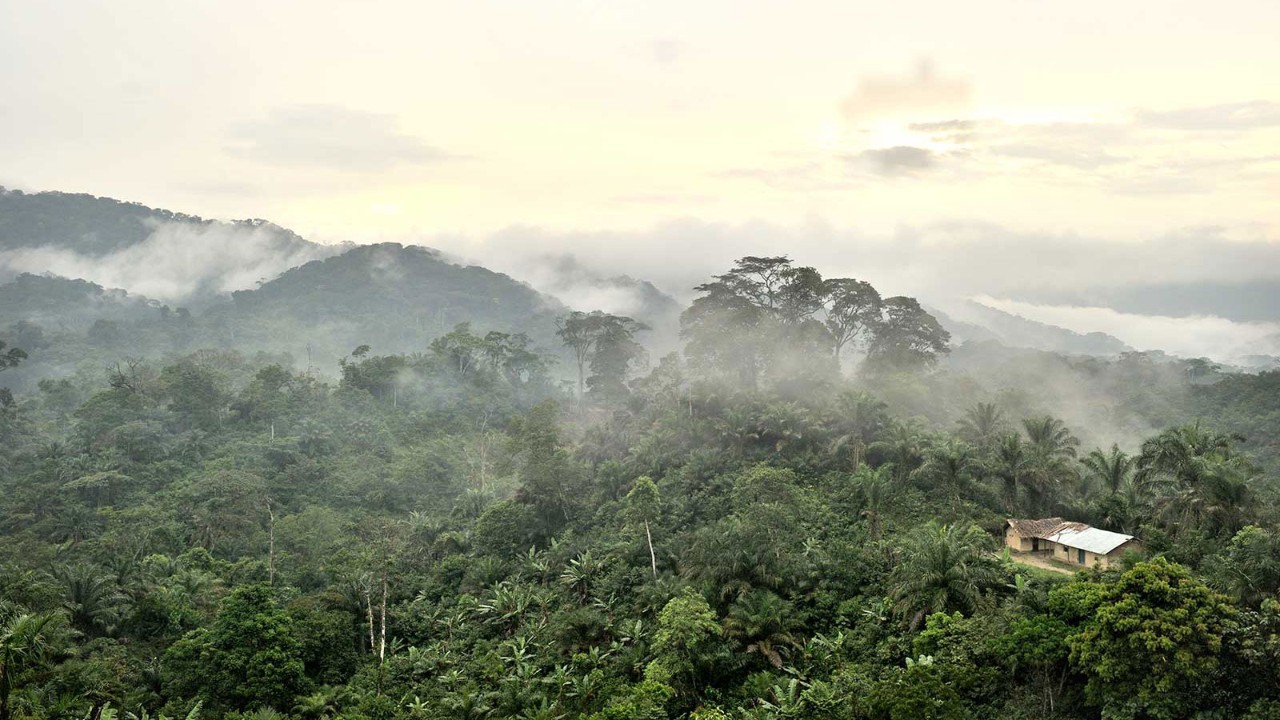
Africa’s difficulty in attracting funding to combat the menace of climate change is almost as well known as the devastating effects that climate change is actually having on Africa. The Climate Policy Initiative estimates that annual climate finance flows in Africa stand at just US$30bn compared with the US$277bn a year the continent needs to fund its 2030 climate commitments.
Clearly, Africa needs to find a better way to finance its fight against climate change and its effects. Government budgets are stretched and unlikely to provide much of this financing, but the climate challenge is also generating an opportunity for the continent in the form of carbon credit trading (see panel).
Carbon markets
Carbon credit markets have been developed as a way to enable companies and industrialised nations to offset their carbon dioxide emissions by financing green projects. A carbon credit represents one metric ton of CO2 removed from the atmosphere. A project that generates carbon credits can sell those credits to carbon emitters, which use the credits to help meet the emission quotas they have been assigned in the country where they operate.
Africa could raise up to US$82bn a year in nature-based carbon credits
Trading potential
Africa possesses abundant green projects – reforestation, clean water, and the generation of power through renewable means such as solar, wind and hydro energy are particularly widespread. These projects offer enormous potential for using carbon credit trading to finance Africa’s fight against climate change.
There are also many natural carbon traps across Africa. Take the Congo Basin. Covering six countries and able to absorb an estimated 1.2 billion tonnes of carbon dioxide each year, its vast rainforests have won it the byname of the world’s second lung. The UN Economic Commission for Africa estimates that, at a carbon credit pricing of US$120 per tonne, Africa could raise up to US$82bn in nature-based carbon credits. There are numerous carbon absorption efforts in progress across the continent.
Gabon, Kenya, Malawi, Morocco, Nigeria and Togo are among the countries already seeking ways to leverage this enormous opportunity, pledging to work with the African Carbon Markets Initiative (ACMI) to attract financing for the many green projects going on in their countries. Supported by Sustainable Energy for All, the United Nations, the Global Energy Alliance for People and Planet, and the Rockefeller Foundation, ACMI aims to claim a place for Africa in the climate change discussion.
ACMI expects carbon capture to support 30 million African jobs by 2030
Funding streams
Africa’s first climate summit, in September 2023, made clear the rich export potential of carbon credits. At that summit, a UAE grouping pledged to buy US$450m of carbon credits through ACMI, while another joint venture announced a US$200m investment in ACMI projects that will produce carbon credits. The summit also saw the UK unveiling a £49m (US$62m) investment in green projects across the continent, and Germany announcing a €60m (US$65m) debt swap with Kenya to free up money for green projects.
Green projects don’t just tackle climate change, they also help provide much needed jobs. Carbon trapping projects must be staffed, and if they attract financing, then lots of jobs are created. ACMI, which aims to generate 300 million carbon credits annually and unlock US$6bn in revenue, expects carbon capture to support 30 million African jobs by 2030.
Valued at over US$900bn in 2022 and covering about a quarter of global carbon emissions, the carbon credits market is growing. Africa stands to reap rich rewards if it embraces this market and makes it a pipeline for financing its own climate change initiatives. Countries on the continent have to view this as an opportunity to be taken seriously and begin to put factors in place to encourage the market. Those factors include putting the legal and regulatory structures in place to support the market, building human capacity, and ensuring that funds coming from this initiative are spent in increasing capacity to combat climate change.
More information
Read AB‘s interview with Okey Umeano




